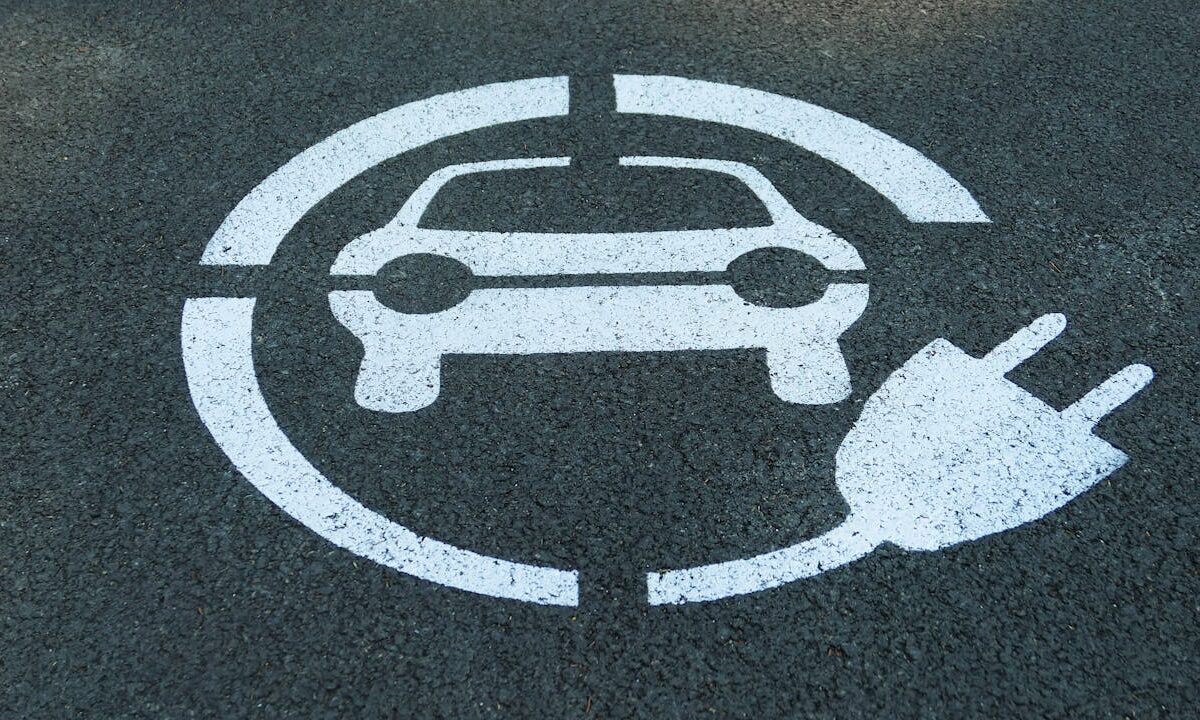By going “lean” long before it became a movement, we developed a cohesive model that has helped our clients and will hopefully help you, too. The model is comprised of seven steps to help you create a product or service while maintaining peace of mind.
Step 1: Assess: examine your goals
Get a strong sense of the opportunity you’re exploring: What is the unmet need you’re trying to fill? Without the service or product you’re creating, how does your audience currently experience the need you are trying to meet? Once you’re grounded in these realities, start small. Pull together a team that works collaboratively. Truly understand the cost of the business and don’t assume that because you’re going digital it will be cheap. That said: no big spends right now. Leave the tagline until later and focus on how you will go about creating the product, preferably using the agile method.
Step 2: Observe: follow your insight
Train your eye toward potential customers to see whether they truly want what you’re putting down. A great way to do that is through a rapid test panel, where you can pose questions and get responses in a matter of days, not weeks or months. This is how you can check your assumptions, define value propositions and get reactions to product prototypes. Our best advice? Be willing to be wrong. Humility and a willingness to course correct can save so much money down the road.
Step 3: Imagine: unleash your creativity
Let your ideas build on each other in a positive environment where you discover what’s possible. Take the team out of the office to give maximum freedom yet hold to the constraints of your market, your audience and your budget. Ideating without a framework could generate possibilities that are far too broad, while a habit of constant critique will keep new ideas from flourishing. Agree on the criteria to move forward with an idea, and once you have some winners, consider what the rollout would look like and how you would measure success.
Step 4: Create: build your prototype
How can you learn about your product as fast as possible? Go with paper prototypes or a Minimum Viable Product (MVP)–the least expensive, time-consuming iteration of your product–in order to see how it performs in the real world. Your MVP is going to be a bit rough, but that’s okay. Whatever you do, avoid heading straight for a Very Done Viable Product (VDVP, a ridiculous term we invented), with all the bells and whistles. Because what if half those bells and whistles need to go? How can you defend that investment when there’s so much to learn?
Step 5: Quantify: find your metrics
With your prototypes or MVP in hand, develop hypotheses and put them to the test. Focus on specific variables so you can get worthwhile answers. For example, the initial hypothesis driving WhatsApp was that people wanted a way to communicate securely over international lines, but now they’re rolling out peer-to-peer payment based on the assumption that users want to address all their transactions within the same app. Once you have your hypotheses, agree on how you’ll measure progress i.e. willingness to pay, engagement (Daily Active User/Monthly Active User), or any number of metrics. Beware of vanity metrics, or feel-good numbers that make the boardroom go wild but don’t actually track to sales or product sustainability.
Step 6: Learn: listen to your data
As much as speed has been a factor up until this point, it’s time to slow down and get to know your data. How is your product or service faring? What needs to shift? Note: the only voice that counts is your customer’s. Once you have a clear understanding of where you are, it’s decision time: scrap, loop or move forward. If most of your hypotheses didn’t pan out, let it go. If some did but your endeavor needs more work, loop back to the drawing board (AKA step one). If all your hypotheses were on point, move forward to the production line.
Step 7: Act: make your move
Whatever direction you’re moving in, support your decision in language that your stakeholders will welcome and understand. This is when authentic leadership makes all the difference–seeing things as they are and being transparent with all players. If you’re moving forward, conceive of your marketing funnel, consider new rounds of funding, and plan how you’ll progress from MVP to VDVP. If you’re scrapping or looping back, know that you’ve saved the company from unnecessary investment, and that your career will be marked by this moment of integrity. Chin up!
Conclusion:
This process is our attempt to help technology be at its best, to find a way to wonder aloud and create something that the world is waiting for. As you work through it and meet with success or failure, let us know how it’s going. Because when you’re in the process you’re a part of the process, too.
Contributed to Branding Strategy Insider by: Jeannette Mcclennan, President and Founder of McClennan Group, and the co-author of Innovators Anonymous, Seven Steps To Get Your Product Off The Ground.
The Blake Project Can Help You Create A Brighter Competitive Future In The Jobs To Be Done Workshop
Branding Strategy Insider is a service of The Blake Project: A strategic brand consultancy specializing in Brand Research, Brand Strategy, Brand Growth and Brand Education




